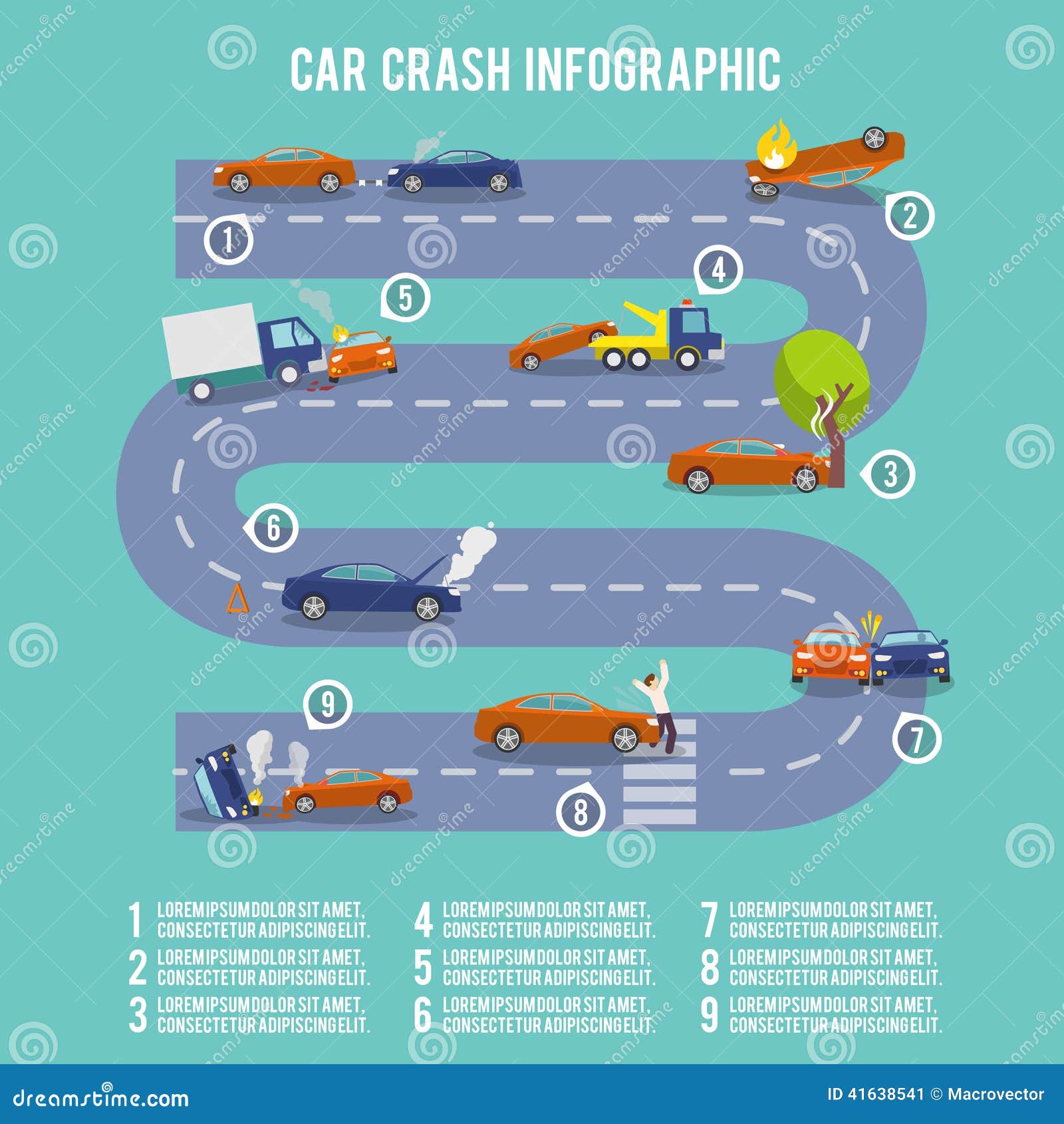Wondering Concerning The Significance Behind Those Dashboard Warning Lights? Gain Insights Right Into Their Effects For Your Vehicle'S Safety And Security And Maintenance
Wondering Concerning The Significance Behind Those Dashboard Warning Lights? Gain Insights Right Into Their Effects For Your Vehicle'S Safety And Security And Maintenance
Blog Article
Short Article Created By-Lauritsen Corbett
When you're behind the wheel, those glowing warning lights on your dashboard can be a little bit complicated. Do you understand what they're trying to tell you regarding your auto's wellness? Comprehending the value of these lights is crucial for your safety and security and the long life of your automobile. So, the following time one of those lights pops up, wouldn't you wish to decode its message accurately and take the needed steps to resolve it?
Common Caution Lighting and Interpretations
Identify typical warning lights in your automobile and understand their meanings to guarantee secure driving.
One of the most regular warning lights consist of the check engine light, which signifies problems with the engine or emissions system. If this light comes on, it's crucial to have your car checked promptly.
The oil stress advising light suggests low oil pressure, requiring prompt interest to prevent engine damages.
A blinking battery light might recommend a faulty billing system, potentially leaving you stranded otherwise addressed.
brighton auto detailing monitoring system (TPMS) light alerts you to reduced tire pressure, influencing vehicle stability and fuel effectiveness. Overlooking this could bring about dangerous driving problems.
The abdominal light shows a trouble with the anti-lock braking system, compromising your capacity to quit rapidly in emergency situations.
Finally, the coolant temperature level alerting light warns of engine getting too hot, which can cause serious damage otherwise dealt with swiftly.
Comprehending these typical warning lights will certainly help you attend to concerns quickly and maintain risk-free driving problems.
Value of Prompt Attention
Comprehending the typical caution lights in your car is just the initial step; the value of promptly dealing with these warnings can not be emphasized sufficient to ensure your safety and security on the road.
When a caution light illuminates on your control panel, it's your automobile's means of communicating a prospective problem that needs attention. Overlooking these warnings can cause a lot more extreme issues later on, compromising your safety and security and possibly costing you more in repairs.
Trigger focus to advising lights can stop malfunctions and accidents. For example, a blinking check engine light might show a misfire that, if left ignored, might cause damage to the catalytic converter. Resolving this quickly can conserve you from a pricey fixing.
Similarly, a brake system warning light could indicate low brake fluid or used brake pads, critical elements for your safety and security when driving.
DIY Troubleshooting Tips
If you notice a caution light on your dashboard, there are a couple of DIY troubleshooting pointers you can try before seeking specialist help.
The first step is to consult your vehicle's guidebook to understand what the details warning light shows. Often the concern can be as basic as a loose gas cap causing the check engine light. Tightening up the gas cap might deal with the trouble.
https://www.thedrive.com/maintenance-repair/36790/car-maintenance is a low battery, which can activate various warning lights. Examining the battery links for deterioration and guaranteeing they're safe and secure might take care of the problem.
If a caution light continues, you can try resetting it by separating the car's battery for a few mins and then reconnecting it. Furthermore, inspecting your vehicle's fluid levels, such as oil, coolant, and brake liquid, can help troubleshoot alerting lights connected to these systems.
Conclusion
To conclude, understanding your car's caution lights is essential for maintaining your lorry running smoothly and securely. By without delay dealing with these signals and understanding what they imply, you can stay clear of costly fixings and possible failures.
Bear in mind to consult your cars and truck's handbook for specific details on each alerting light and act as necessary to make sure a trouble-free driving experience.
Stay educated, remain cardetailer,pakuranga when driving!
